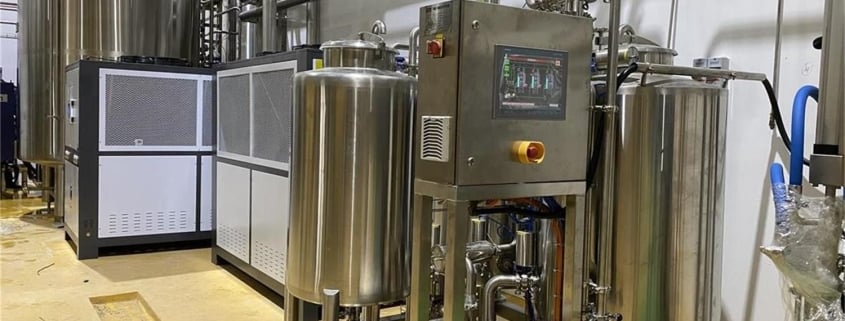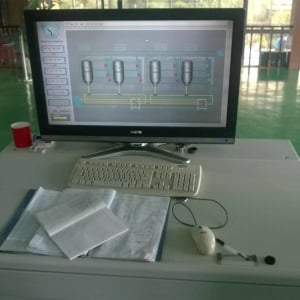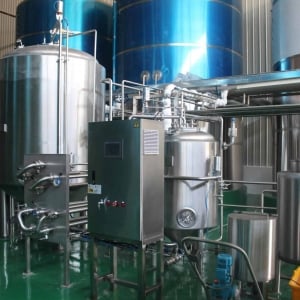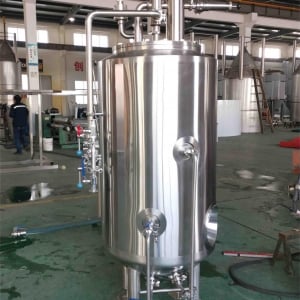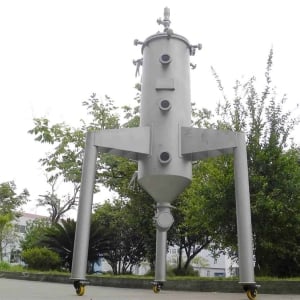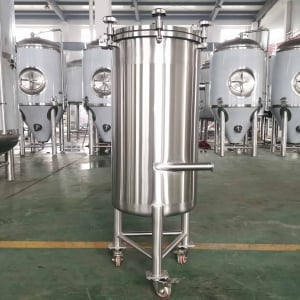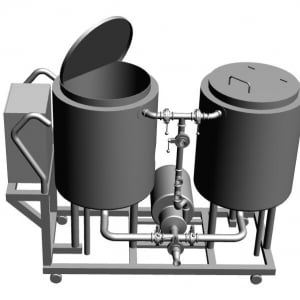Microbrewery Equipment Cost
Overview of Microbrewery Equipment Costs
So, you’ve decided to dive into the world of craft beer and start your very own microbrewery. That’s fantastic! But before you can start brewing your signature IPA or stout, you’ll need to equip your brewery with the right tools of the trade. The cost of microbrewery equipment can vary significantly based on factors like scale, quality, and customization, but understanding these costs upfront is crucial to planning your investment.
In this guide, we’ll take you through everything you need to know about microbrewery equipment costs. From an equipment guide and price ranges to the brewing process, and even tips on choosing the right supplier, this article has got you covered. Whether you’re a seasoned brewer or just starting out, this deep dive will help you make informed decisions, ensuring you get the best bang for your buck.
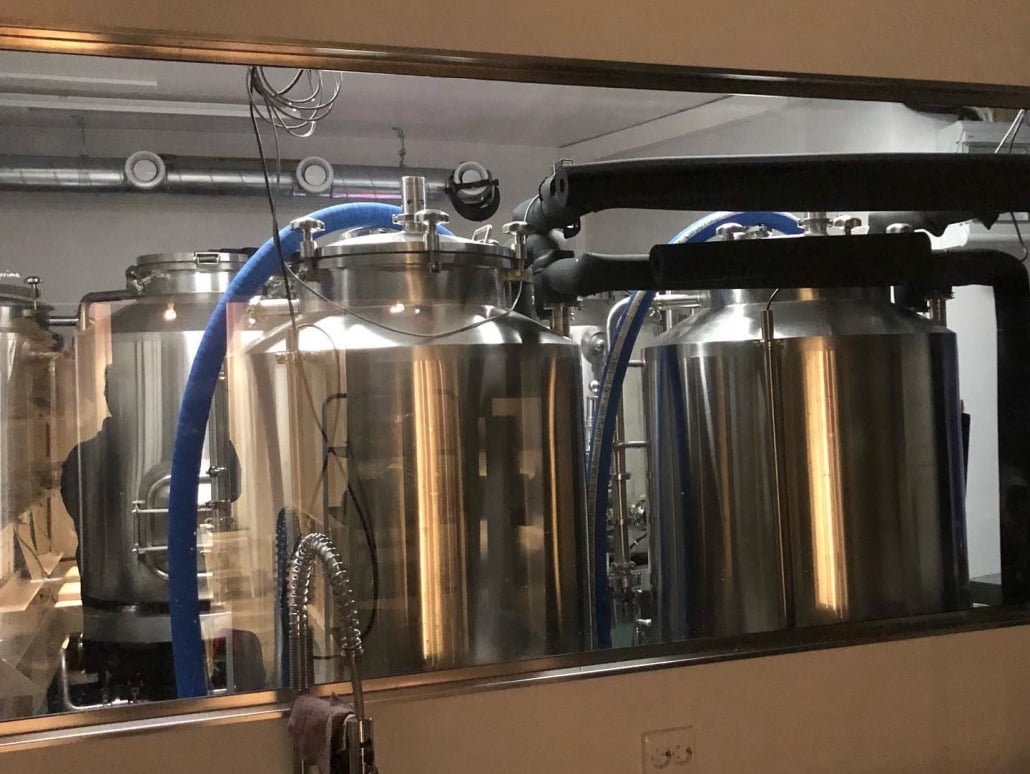
Microbrewery Equipment Guide: Essential Gear for Brewing Success
When it comes to brewing beer, the equipment you use is just as important as the ingredients. The right setup can make the difference between a smooth operation and one plagued by inefficiencies and maintenance issues. Below, we’ll explore the key pieces of equipment you’ll need, how they contribute to the brewing process, and what kind of investment you’re looking at.
Brewing Kettles
The brewing kettle is the heart of your brewery. This is where the magic happens – where your ingredients come together to form the wort that will eventually become beer. The cost of brewing kettles varies based on size and material. Stainless steel kettles are a popular choice due to their durability and resistance to corrosion.
Fermentation Tanks
Once the wort is created, it needs to be fermented. Fermentation tanks are where the yeast works its magic, converting sugars into alcohol. The size and number of tanks will depend on your production scale. Fermentation tanks come in various sizes, typically measured in barrels (bbl), and their price increases with capacity.
Mash Tuns
Mash tuns are where malt is mixed with water to extract fermentable sugars. The efficiency of your mash tun can significantly impact your yield. Mash tuns also come in various sizes and configurations, with more complex systems allowing for greater control over the brewing process.
Heat Exchangers
After boiling, the wort needs to be cooled down before fermentation can begin. Heat exchangers are essential for this process. They quickly bring the temperature of the wort down, minimizing the risk of contamination and ensuring that yeast can be added at the optimal temperature.
Brewhouse Control Panel
Automation can make your life a lot easier. A brewhouse control panel allows you to manage temperatures, timings, and other critical variables with precision. While this equipment can be pricey, it’s worth the investment if you’re looking to streamline operations and maintain consistency.
Cleaning and Sanitizing Equipment
Cleanliness is next to godliness in brewing. Any contamination can ruin an entire batch of beer, so investing in proper cleaning and sanitizing equipment is non-negotiable. Automated CIP (Clean-In-Place) systems are a must-have for any serious brewery.
Breaking Down the Microbrewery Equipment Costs
When it comes to the actual numbers, microbrewery equipment costs can range widely depending on the scale and quality of the setup. Here’s a breakdown of the different types of equipment, their average cost range, and some key considerations.
| Equipment Type | Description | Cost Range | Key Considerations |
|---|---|---|---|
| Brewing Kettles | Large vessels for boiling wort | $10,000 – $70,000 | Material (Stainless Steel), Capacity (bbl) |
| Fermentation Tanks | Tanks where wort is fermented into beer | $5,000 – $40,000 | Size (bbl), Number of Tanks |
| Mash Tuns | Vessels used for mashing malt to extract sugars | $7,000 – $50,000 | Efficiency, Size, Heating Method |
| Heat Exchangers | Equipment for cooling wort quickly post-boil | $3,000 – $10,000 | Cooling Capacity, Efficiency |
| Brewhouse Control Panel | Automated system for controlling the brewing process | $5,000 – $25,000 | Automation Level, Expandability |
| Cleaning & Sanitizing Equip | Systems to ensure cleanliness and prevent contamination | $2,000 – $15,000 | CIP System, Chemical Costs |
| Packaging Equipment | Bottling, canning, and kegging equipment for distributing beer | $15,000 – $100,000 | Scale, Type (bottle, can, keg) |
| Utilities (pumps, piping) | Essential infrastructure for brewing operations | $3,000 – $20,000 | Material Quality, Installation Complexity |
This table provides a snapshot of the investment required for each piece of equipment. Keep in mind, the costs mentioned above can vary based on factors like brand, customization, and additional features.
The Brewing Process: How Equipment Impacts Each Step
Brewing beer is both an art and a science. The equipment you choose will have a direct impact on the quality and consistency of your beer. Let’s walk through the brewing process and see how each piece of equipment plays a role.
Step 1: Mashing
The brewing process begins with mashing. In the mash tun, malted barley is mixed with hot water to break down starches into fermentable sugars. A high-quality mash tun allows for precise temperature control, which is crucial for producing consistent results. Inefficient mashing can lead to poor sugar extraction, which can affect both the taste and alcohol content of your beer.
Step 2: Lautering
After mashing, the mixture (now called mash) is transferred to a lauter tun, where the liquid wort is separated from the solid grain husks. The design and efficiency of your lauter tun will determine how well the wort is extracted, impacting both yield and clarity. Poor lautering can lead to a lower yield and hazier beer.
Step 3: Boiling
The wort is then boiled in the brewing kettle, where hops are added to provide bitterness, flavor, and aroma. The quality of the brewing kettle affects heat distribution and evaporation rates, which in turn influence the final taste of the beer. Boiling also sterilizes the wort, making this step critical for preventing contamination.
Step 4: Cooling
Once the boil is complete, the wort needs to be cooled rapidly to a temperature suitable for fermentation. This is where the heat exchanger comes in. A good heat exchanger will cool the wort quickly and efficiently, minimizing the risk of bacterial contamination and ensuring that the yeast can be pitched at the right temperature.
Step 5: Fermentation
The cooled wort is transferred to fermentation tanks, where yeast is added. The yeast converts the sugars into alcohol and carbon dioxide. The design and quality of your fermentation tanks can influence factors such as temperature control and oxygen exposure, both of which are crucial for producing high-quality beer. Properly sized tanks will also allow for efficient production and flexibility in brewing schedules.
Step 6: Conditioning and Packaging
After fermentation, the beer is conditioned to develop its final flavor profile. This process may take place in the fermentation tank or in separate conditioning tanks. Once conditioning is complete, the beer is packaged in bottles, cans, or kegs using specialized packaging equipment. The type of packaging equipment you choose will depend on your distribution strategy.
Design, Layout, and Customization: Making Your Brewery Space Work for You
When setting up your microbrewery, it’s not just about the equipment – it’s also about how it all fits together. The design, layout, and customization of your space can make a significant difference in your brewery’s efficiency and overall vibe.
| Parameter | Details | Considerations |
|---|---|---|
| Capacity | Size of the brewing system and fermentation tanks (measured in barrels or bbl) | Match to production goals; consider future expansion |
| Space Requirements | Total square footage needed for equipment and operations | Optimize flow of materials and people; allow for future growth |
| Layout | Arrangement of equipment within the space | Efficient workflow, safety, and regulatory compliance |
| Customization | Tailoring equipment to fit specific brewing needs (e.g., automation, additional features) | Balance cost with benefits; ensure compatibility with other gear |
| Aesthetics | The look and feel of the brewery, including equipment design and finishes | Reflects brand identity; impacts customer experience |
Customizing your equipment and layout can add to the upfront cost, but it can also enhance efficiency and create a unique experience that resonates with customers. For example, a brewery with a sleek, modern look might attract a different crowd than one with a more rustic, traditional setup.
Suppliers and Price Ranges
Choosing the right supplier is crucial when investing in microbrewery equipment. A reliable supplier will offer not just competitive prices but also support, warranties, and the possibility of customization.
| Supplier Name | Region | Specialties | Price Range | Additional Services |
|---|---|---|---|---|
| BrauKon | Europe | High-end, custom brewing systems | $50,000 – $200,000+ | Custom design, international shipping |
| SABE | North America | Affordable, scalable solutions | $20,000 – $100,000 | Installation, maintenance support |
| BrewBuilt | North America | Modular and customizable systems | $30,000 – $120,000 | Technical support, customization options |
| MoreBeer | North America | Homebrew to small commercial setups | $10,000 – $50,000 | Consulting, equipment packages |
| Newlands Systems | North America | Advanced control systems | $40,000 – $150,000 | Automation integration, training |
| G&D Chillers | Global | Specialized cooling solutions | $5,000 – $30,000 | Customization, installation support |
Selecting the right supplier can impact not only the cost but also the quality and efficiency of your brewery operations. Look for suppliers that offer robust support and warranties to protect your investment.
Installation, Operation, and Maintenance Costs: What to Expect
Setting up a microbrewery isn’t just about buying equipment; it’s also about installing and maintaining it. Each of these stages comes with its own set of costs and considerations.
| Aspect | Details | Cost Range | Key Considerations |
|---|---|---|---|
| Installation | Costs related to setting up equipment, including labor and materials | $10,000 – $50,000 | Complexity of setup, size of equipment, location |
| Operation | Day-to-day running costs, including utilities and labor | Variable | Energy consumption, staffing, raw materials |
| Maintenance | Ongoing costs for upkeep and repairs | $2,000 – $10,000/year | Frequency of maintenance, equipment lifespan |
Proper installation is critical to ensure that your equipment operates efficiently and safely. Regular maintenance is also essential to prolong the life of your equipment and avoid costly repairs down the line.
Choosing the Right Supplier: Factors to Consider
When selecting a supplier for your microbrewery equipment, it’s essential to evaluate them based on several factors. Here’s a guide to help you make the best choice.
| Factor | Description | Why It Matters |
|---|---|---|
| Reputation | Supplier’s industry standing and customer reviews | A reputable supplier is more likely to offer reliable equipment and support |
| Experience | Number of years in business and specialization | Experienced suppliers often provide better guidance and solutions |
| Customer Support | Quality of post-purchase support and service | Good support can make a big difference in addressing issues quickly |
| Warranty | Length and coverage of warranty | Ensures protection against defects and provides peace of mind |
| Price | Comparison of costs among suppliers | Helps in budgeting and getting the best value for your investment |
A well-chosen supplier can make a significant difference in the success of your brewery, from initial setup to ongoing operations.
Comparing Equipment: Pros and Cons
Understanding the advantages and limitations of different types of equipment can help you make informed choices that best fit your needs. Here’s a comparison of various equipment types:
| Equipment Type | Pros | Cons |
|---|---|---|
| Brewing Kettles | Durable, even heat distribution, easy to clean | Higher cost for larger sizes, requires significant space |
| Fermentation Tanks | Essential for beer quality, scalable for different sizes | Can be expensive, requires proper temperature control |
| Mash Tuns | Efficient sugar extraction, customizable | Can be complex to operate, high upfront cost |
| Heat Exchangers | Fast cooling, reduces risk of contamination | Initial cost can be high, maintenance required |
| Brewhouse Control Panels | Streamlines process, improves consistency | High initial investment, may require technical knowledge |
| Cleaning Equipment | Ensures hygiene, reduces manual labor | Can be costly, requires regular maintenance |
By weighing these pros and cons, you can better determine which equipment will best suit your brewery’s specific needs.
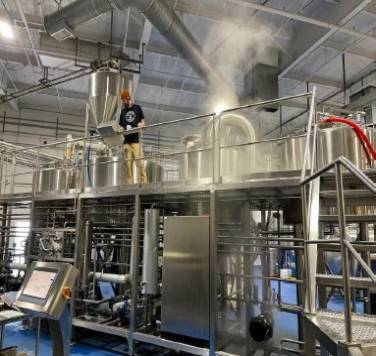
FAQ
Q: How much does it cost to start a small microbrewery?
| Type | Cost Range | Details |
|---|---|---|
| Complete Setup | $100,000 – $500,000+ | Includes brewing kettles, fermentation tanks, etc. |
| Basic Equipment | $50,000 – $150,000 | Includes essential equipment only (e.g., brewing kettle, fermenters) |
Q: What factors affect the cost of microbrewery equipment?
| Factor | Impact on Cost | Details |
|---|---|---|
| Size & Capacity | Larger systems cost more | Bigger systems handle more volume and are more expensive |
| Material Quality | Higher quality materials increase costs | Stainless steel vs. other materials |
| Customization | Customized equipment can be more expensive | Custom features or designs add to the cost |
Q: Can I reduce costs without compromising quality?
| Strategy | How It Helps | Considerations |
|---|---|---|
| Buy Used Equipment | Lower initial investment | Ensure equipment is in good condition |
| Consider Modular Systems | Allows for gradual expansion | Start with basics and upgrade as needed |
| Negotiate with Suppliers | Potentially lower prices or added services | Compare quotes and ask for discounts |
Investing in a microbrewery is a significant commitment, but with careful planning and a clear understanding of costs, you can make smart decisions that align with your vision. Remember, the right equipment and supplier will not only support your brewing ambitions but also contribute to the overall success of your craft beer journey.

